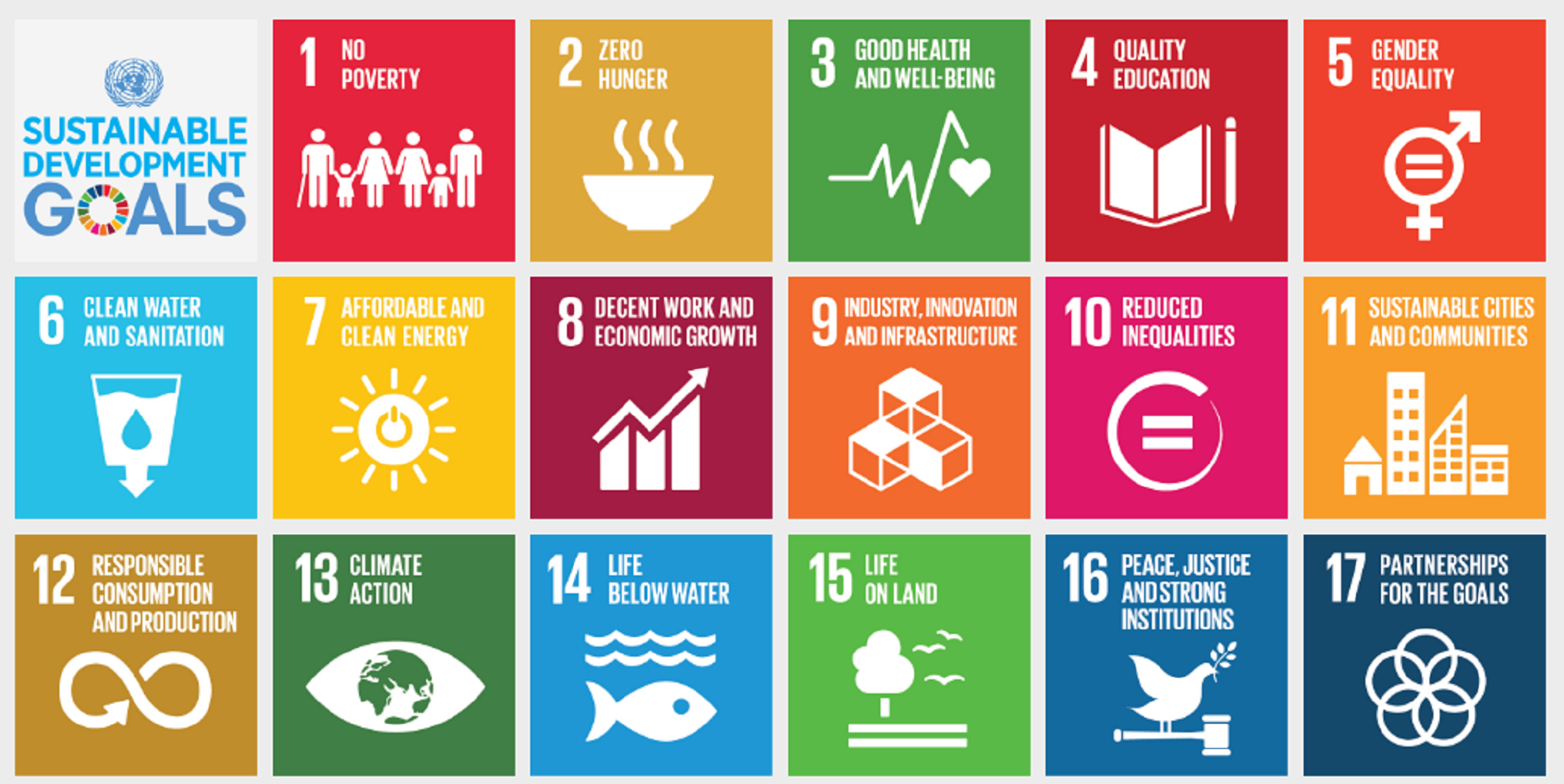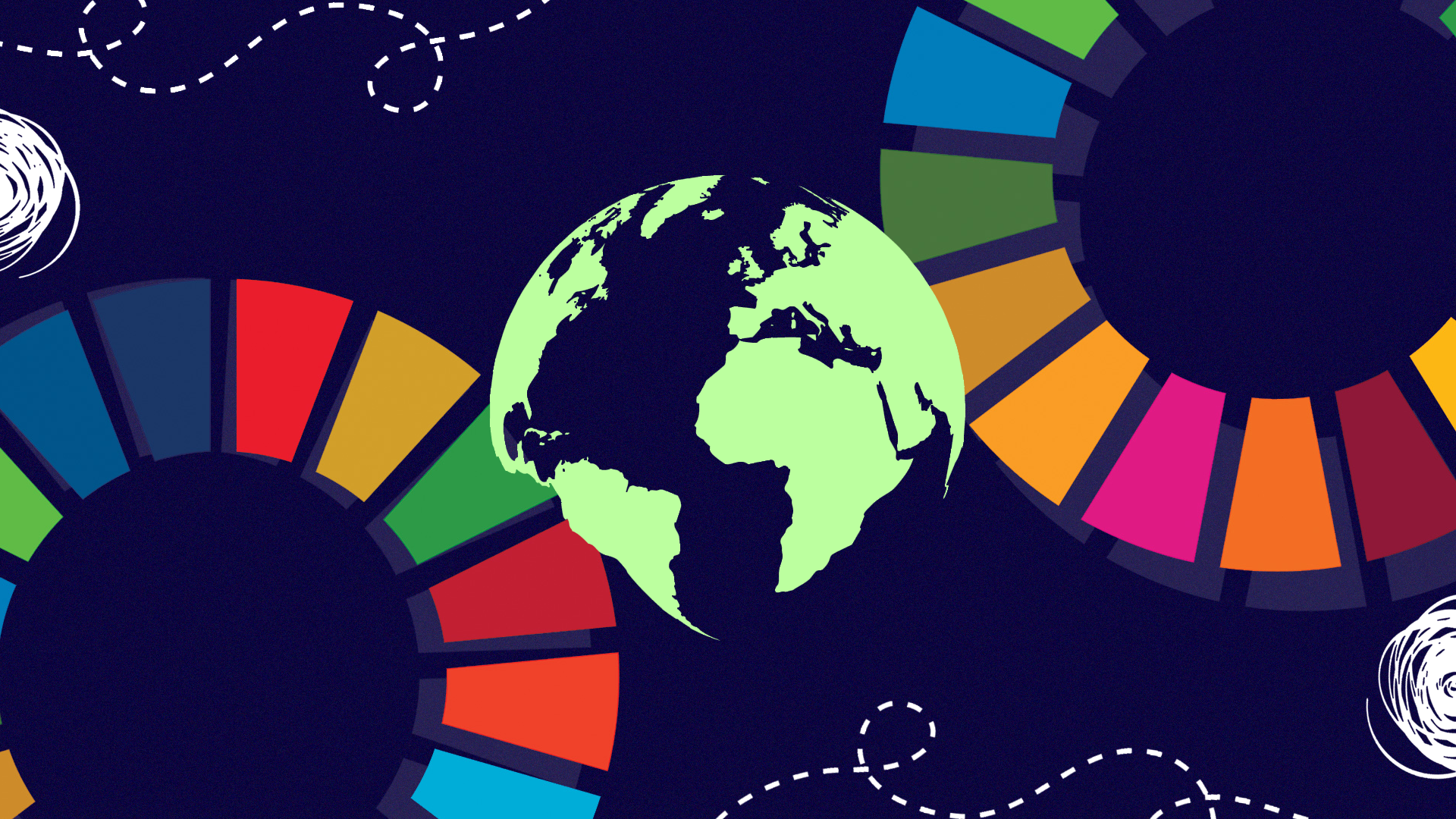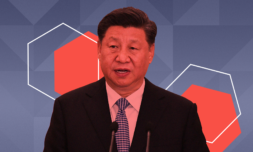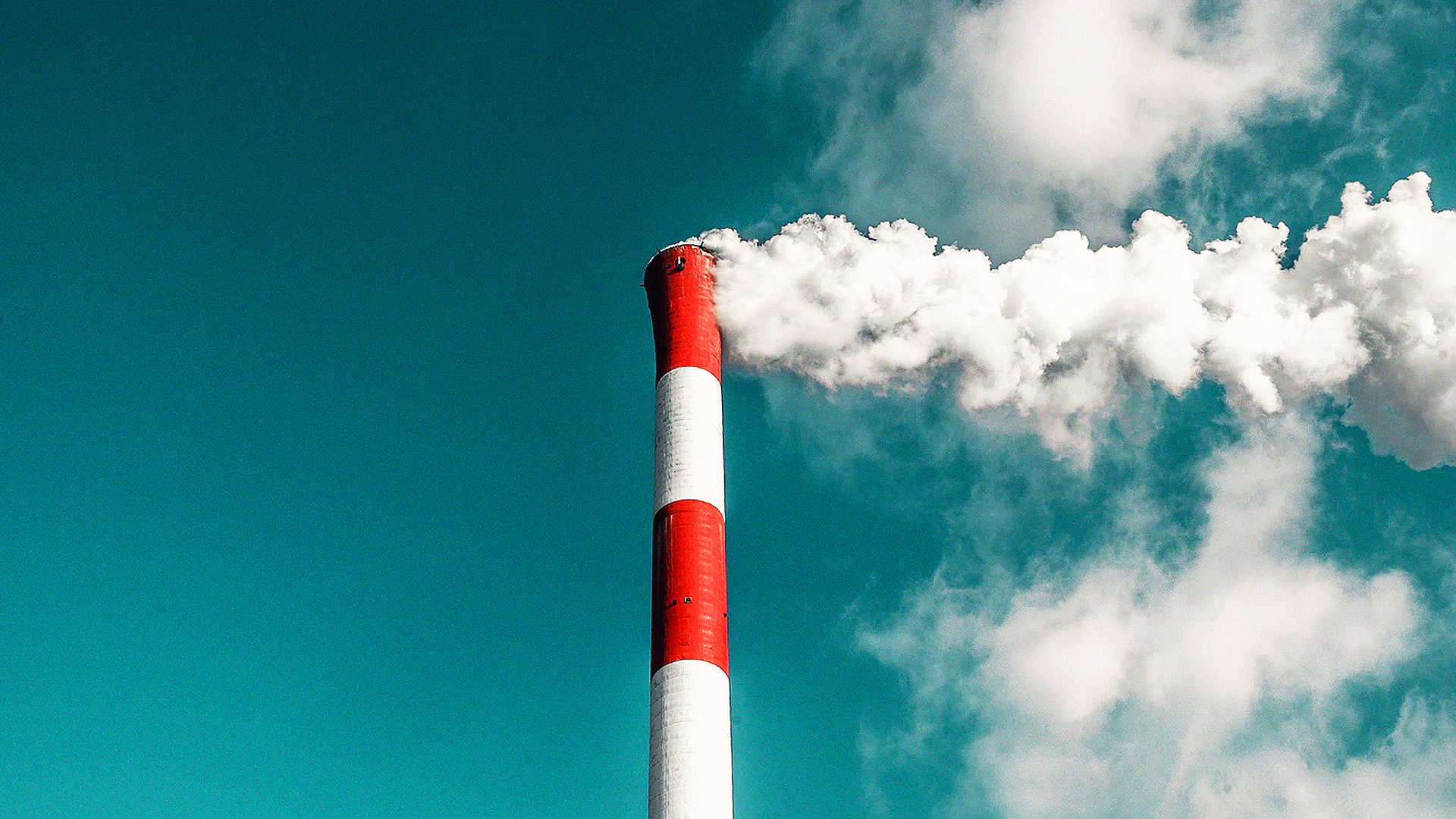Global development metrics are overwhelmingly biased towards rich, developed nations.
One of the UN’s most successful and universally recognised projects to date has been the formation of the Sustainable Development Goals (SDGs). Recognising the need for agreement among member states about what constitutes ‘success’ in international projects – how to achieve the greatest quality of life for the most people – 191 national delegates sat down in 2000, and then again in 2015, to ratify a list of international goals that include, broadly, the eradication of poverty and hunger, and the sustainable metamorphosis of industry.

Five years on from the signing of the SDGs, and a monitoring system called the ‘SDG Index’ designed by Jeffrey Sachs has become the primary metric by which delegates and policymakers assess whether individual nations are meeting SDG targets, and thus their development mobility overall.
Whist the SDG project at large is something of a Magna Carta in terms of international relations, the Index has some very fundamental, and not often discussed, flaws that unfairly implicate developing nations in the climate vandalism of richer shores. Unlike other markers of progress, like federal corruption, climate change has no sovereignty and is hard to calculate via territorial metrics. Wealthy, heavily consuming western nations are thus able to outsource much of their environmental footprint, bolstering their position on the SDG Index and obfuscating how we should be thinking existentially about development. The narrative of progress we’re being taught by the intergovernmental community is far from accurate.
What’s the problem?
Since its formation, the results of the SDG Index have been grossly misleading when it comes to its apparently most crucial aspect: sustainability.
They show a clear division between the developed and the developing world to the surprise of nobody – the journey of the global south to democratise and industrialise in the wake of imperialism is a long one. Because of this, Sweden, Denmark, Finland, France, and Germany tend to rise to the top of the pile, along with other countries predominantly western, wealthy, and white. This gives the casual pundit the impression that these countries are the ‘true’ leaders in achieving sustainable development. But, when it comes to crucial environmental goals that arguably have the largest global impact, the opposite is true.
Take Sweden, typically the frontrunner of the Index, as a case study. The nation scored an impressive 84.7 out of a possible 100 in the 2020 Sustainable Development Report, where the median score belonging to Egypt was 68.8, and the lowest belonging to the Central African Republic was 38.5. However, according to multiple reports, Sweden’s ‘material footprint’ – the rate of consumption per capita in the country – is one of the highest in the world, at 32 metric tonnes of material use per person per year, nearly as high as the USA.
For reference, this global average is about 12 tonnes per person, whilst ecologists estimate that a global sustainable rate is about 7 tonnes per person.
Denmark, Sweden and Finland are leading the way towards a more sustainable future. This is according to the SDG Index, which follows up on the Sustainable Development Goals in the UN's 2030 Agenda. 🌍
More at: https://t.co/rIqpmXLdSc pic.twitter.com/5s92PLV6M0— Sweden (@Sweden) August 31, 2019
There is nothing sustainable about this kind of consumption. According to economic anthropologist Jason Hickel, ‘if everyone on the planet were to consume as Sweden does, global resource use would exceed 230 billion tons of stuff per year.’ To put that into perspective, that’s the amalgamation of all the resources we currently extract from the earth and consume tripled, or the equivalent to the current global output of three planet earths.
The top 25 nations in the SDG Index all have a similar story to tell – optically high development statistics hiding a culture of rampant consumption. Denmark, the UK, Switzerland, and the US are all above 75 SDG points whilst producing well beyond their allocated share of carbon dioxide per person per year and contributing majorly to the current climate crisis. Moreover, they’re also significantly overshooting their fair share of the planet when it comes to land-use, and chemical pollution through materials like phosphorous and nitrogen.
In comparison, India, which places 117th of 166 on the SDG Index, has a carbon contribution of less than 2 metric tonnes per person. If the whole world were to consume as much carbon as the typical person in India, or even China, whose carbon footprint is 7 tonnes per person, we would return to pre-industrial levels of warming in a matter of decades.
That’s not to say that a truer representation of global evolvement would be to adopt the lifestyles of people in developing nations – far from it. There are a number of very good reasons why India would likely fail to broach the halfway mark on any global ranking of development: low GDP and upward social mobility, sectarian stratification, and a poor record of women’s rights to name a few.
However, when it comes to arguably the single most unifying global issue we currently face, climate change, the metrics that place India at the bottom and Sweden at the top are incoherent. Worse, they become a potential source of justification for heavily polluting nations to maintain business as usual.






















